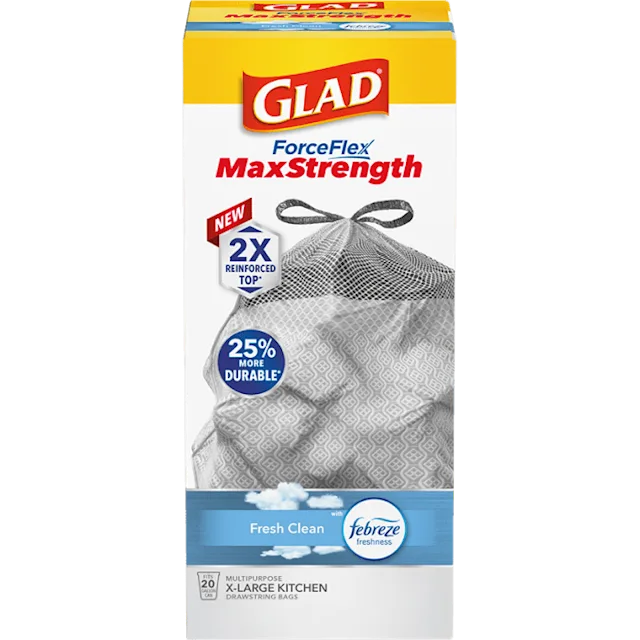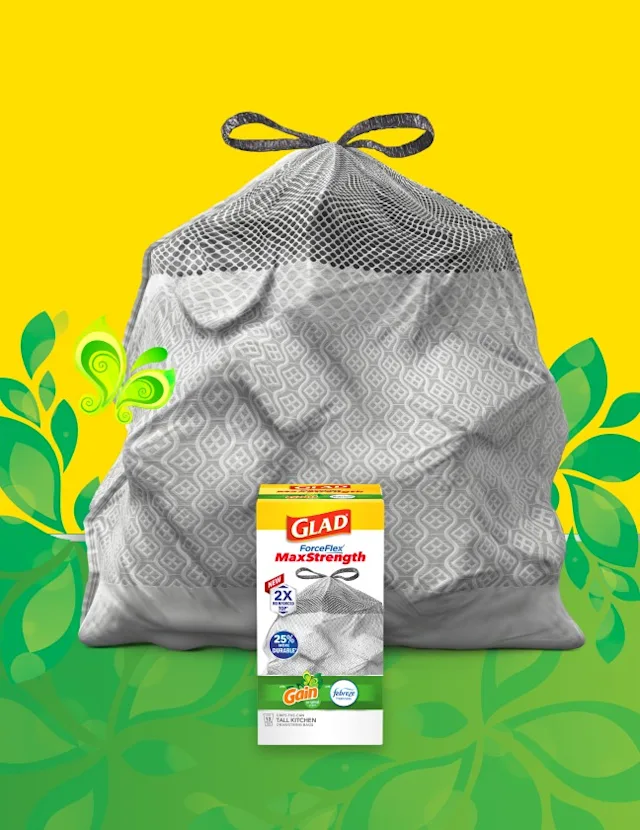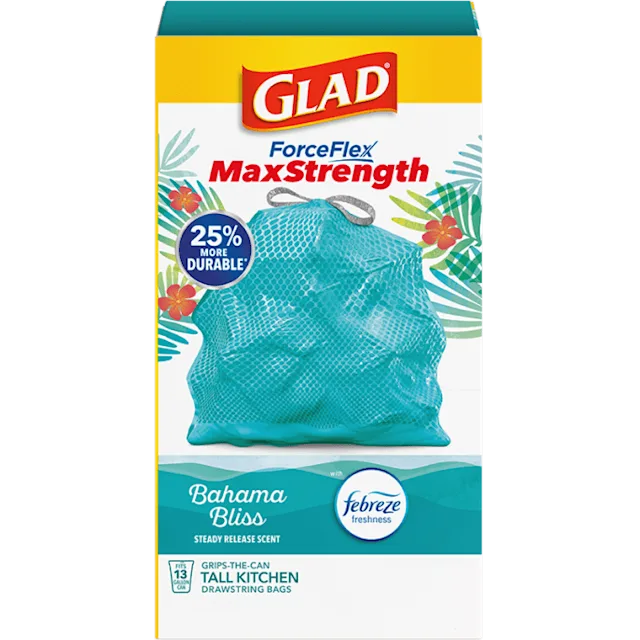- Composting is easier than you think! No matter where you live, you can turn food scraps and yard waste into nutrient-rich soil with just a little effort. Follow these three steps to get started.
Step 1. Choose the Right Compost Ingredients
The key to a successful compost pile is balancing green (nitrogen-rich) and brown (carbon-rich) materials. Greens provide protein for microbes, while browns offer energy and structure.
Green (Nitrogen-Rich) Materials:
- Fruit & vegetable scraps
- Coffee grounds & filters
- Crushed eggshells
- Tea bags (BPI-certified compostable packaging & loose-leaf tea)
- Cooked rice & pasta
- Stale bread, tortillas, and pitas
- Spoiled tomato paste & tofu
- Seaweed
Brown (Carbon-Rich) Materials:
- Fallen leaves
- Woody pruning
- Black & white newspaper
- Unwaxed cardboard & paper bags (shredded)
- Used paper napkins & towels (not soiled with grease/solvents)
- Floor crumbs, stale cereal, and nut shells (except walnut shells)
- Wine corks & toothpicks
Special Situations:
Certain items require extra care before adding them to your compost bin.
Remember to be mindful of:
- Jack-o’-lanterns (must be smashed)
- Young weeds (may spread if not managed properly)
- Cooking oil, glue, latex rubber (use with caution)
- Meat & dairy (freeze or isolate until pickup day to avoid odors)
For easy collection of food scraps, use Glad Lemon Scented Kitchen Compostable Bags* to keep odors in check while making cleanup a breeze!
Step 2. Turn Your Pile Regularly
To keep your compost pile active and productive, turn it once a week to ensure proper oxygen flow. This helps:
- Ventilation: Prevents odors and speeds up decomposition.
- Faster Breakdown: Proper aeration accelerates the composting process.
- Heat Generation: The right conditions increase heat, eliminating harmful bacteria and unwanted seeds.

Step 3. Put Your Finished Compost to Use
Once your compost is ready, put it to work in your garden! Here are some great ways to use it:
- Soil Amending: Mix compost with your existing soil to improve its nutrient content.
- Mulch: Spread compost around plants and trees to suppress weeds and enhance fertility.
- Lawn Dressing: Sprinkle compost on your lawn for healthier, greener grass without synthetic fertilizers.
Composting is an easy, rewarding way to cut down on waste and nourish your soil. Get started today!

* Certified for use in municipal composting programs. Do not use or put bags in home compost bins.
TRASH BAGS FOR YOUR TOUGHEST JOBS— IN AND OUT OF THE KITCHEN


Please enable cookies to shop


Please enable cookies to shop


Please enable cookies to shop


Please enable cookies to shop














